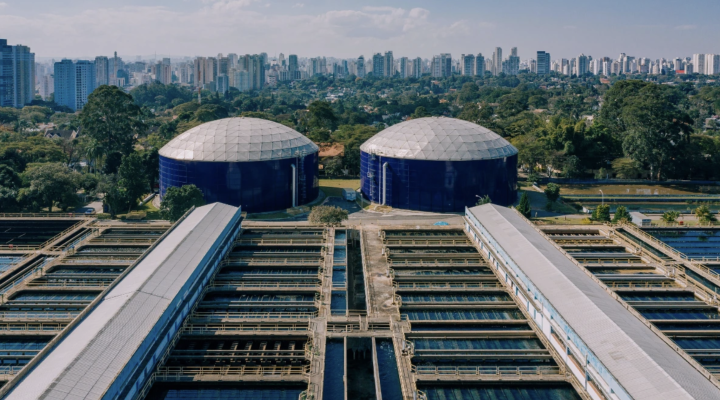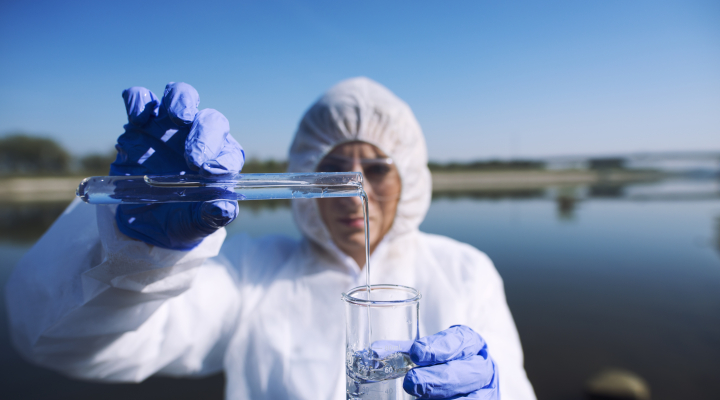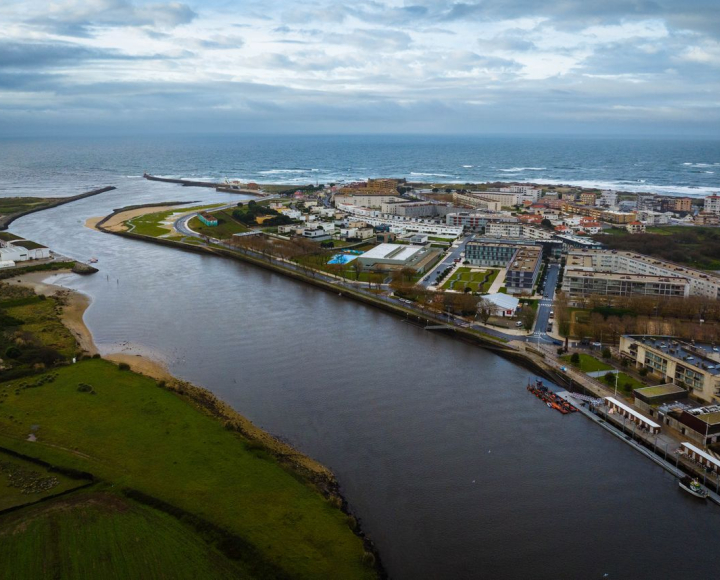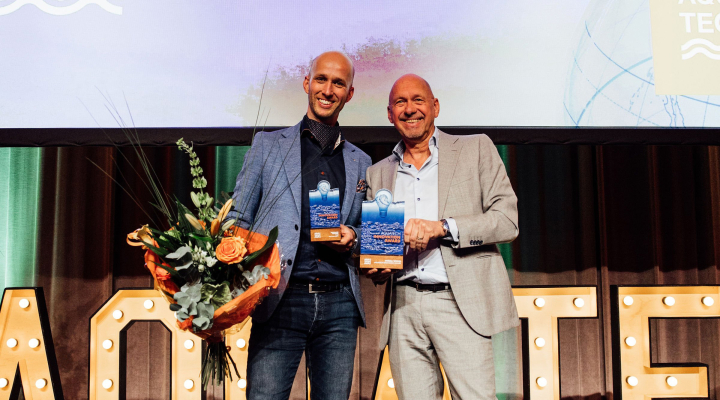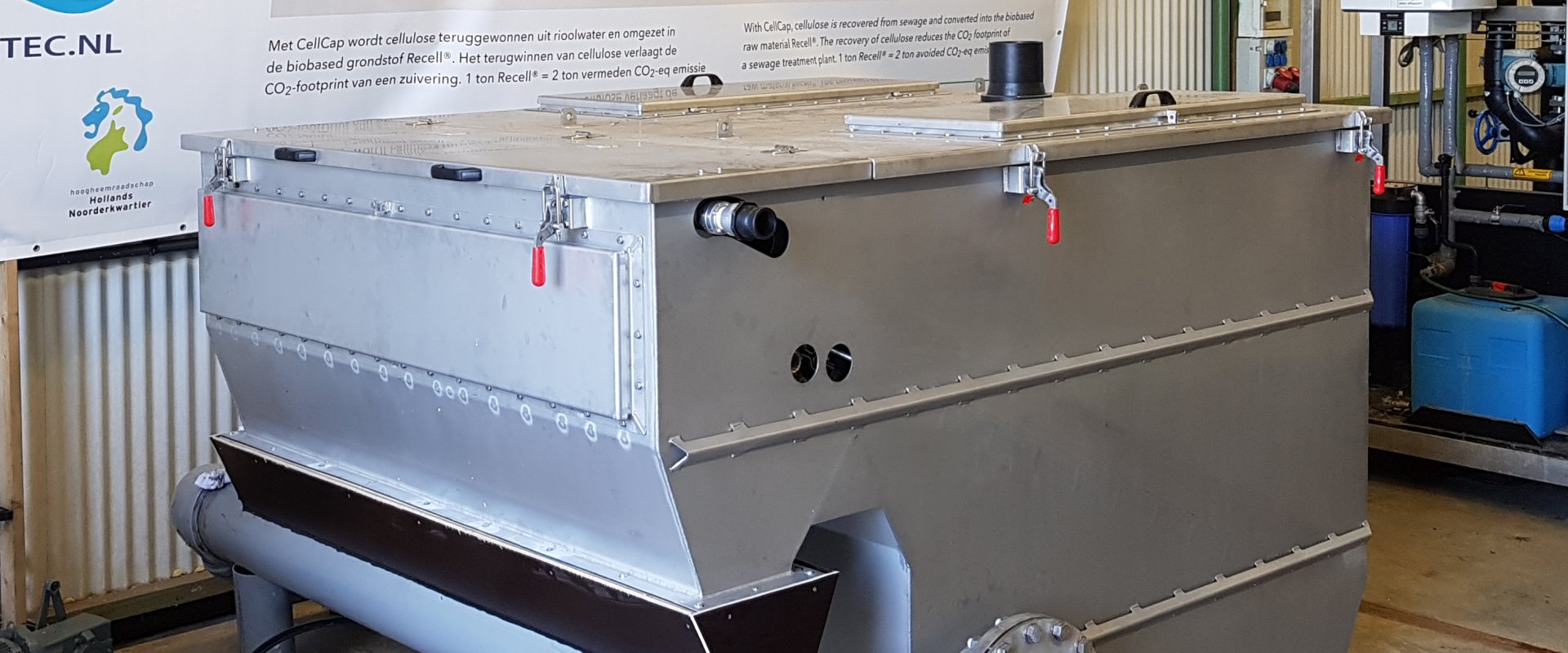
Launch CellCap technology for cellulose recovery from wastewater
Water technology company Cirtec announced the launch of its CellCap sieve technology for the recovery of cellulose from sewer water.
The new technology integrates two separation steps to separate a high quality reusable cellulose product from other undissolved components such as fat and hair.
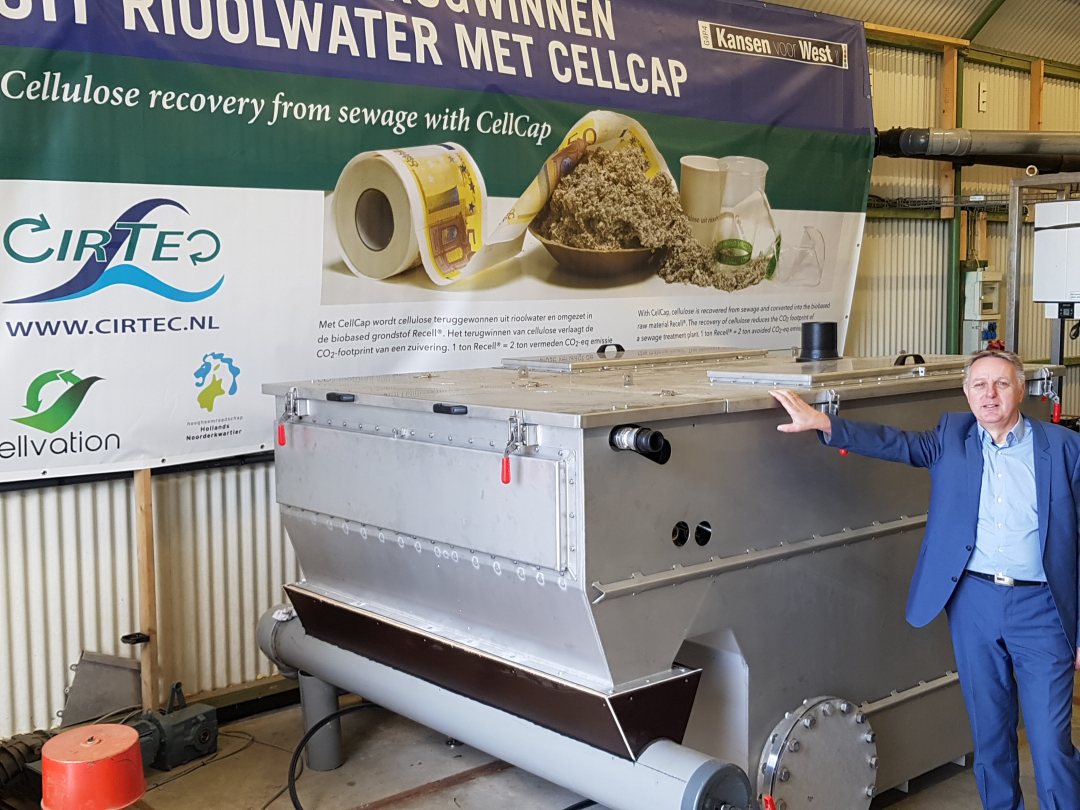

Integrated sieve steps
Ten years ago, Cirtec started to test rotating belt sieves at a wastewater treatment plant (wwtp) to separate cellulose from sieved material. Eventually, this development led to the integrated fine sieve technology that has now been launched for the European wastewater treatment market.
Cellulose ends up in sewer water mainly from used toilet paper. At a wastewater treatment plant the first step is to sieve the incoming sewage water. However, the sieved material must be post-processed to allow high-quality marketing of the recovered cellulose material. The separation of undesirable components is best done at the wwtp itself, Cirtec learned. Partly because this stream can be digested on site for biogas production and no further waste is released during the processing of cellulose.
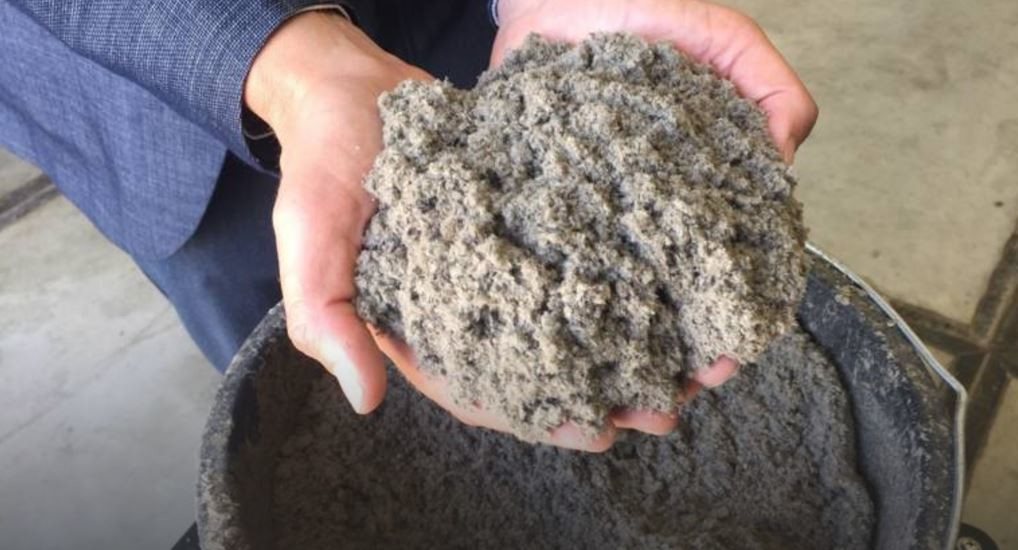

Market demand for pure cellulose
In 2017 CirTec realised a proof-of-concept for in-line separation of cellulose at the wwtp Geestmerambacht, the Netherlands. This proof-of-concept has been the basis of the new CellCap installation to extract a cellulose product that is pure enough to be used as a high-quality raw material after hygienisation and post-treatment. The product, Recell, is used as a green raw material for asphalt, construction materials, street furniture, and green chemistry. It is therefore an excellent alternative to cellulose sources for which trees are felled.
Previous projects have shown that the demand for recovered cellulose is already there. From a circularity and sustainable use point of view, users of cellulose are interested in the Recell-product as an alternative for cellulose from wood pulp.
More biological capacity
In addition to the sustainability aspects and the creation of market potential by valorizing cellulose, the CellCap technology has also significant added value for the sewage treatment facilities. The main advantages are the increase in biological capacity and the lower operational costs.
The removal of the cellulose reduces the chemical oxygen demand (COD) of the wastewater and this gives additional space to increase the biological capacity of the wwtp. Since cellulose is only partially degraded in the aeration tank (AT) and inert material is removed, the proportion of active biomass in the tank increases.
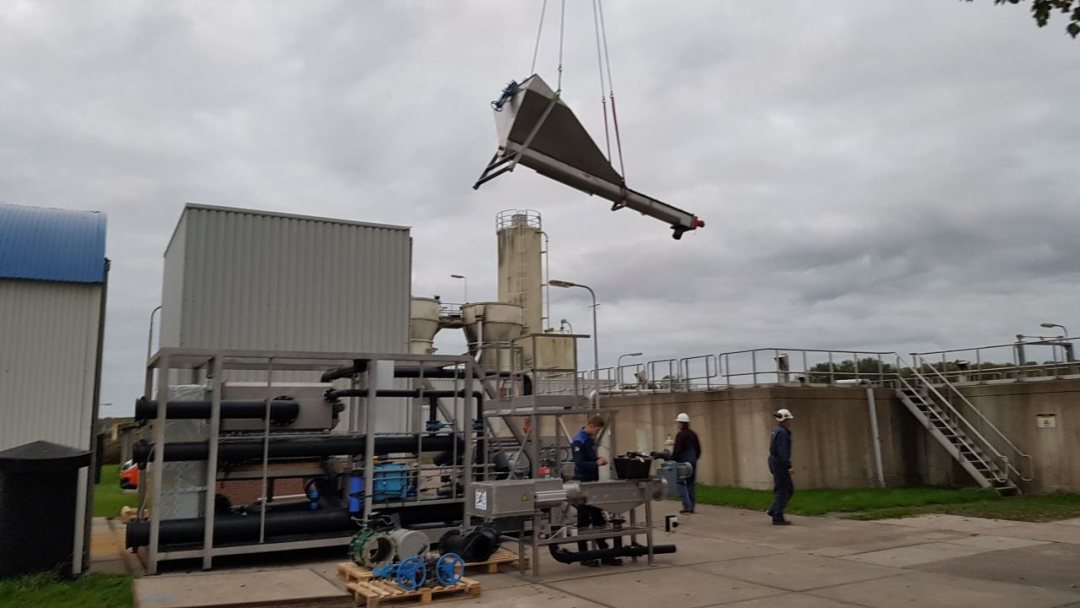

Less sewage sludge
By removing carbon and nutrients from influent based on particle size, the energy consumption for the downstream aeration is significantly reduced. As a result, sludge production is reduced, resulting in lower energy costs for sludge dewatering, lower use of chemicals (polyelectrolyte) and a reduction in costs for the discharge of dewatered sludge. Finally, hair and fibers are almost completely removed, so maintenance costs on process equipment will go down, while extending the technical life span.
According to Cirtec managing director Coos Wessels the development of CellCap builds on accumulated knowhow within his company of rotating belt fine screens as primary treatment in municipal sewage treatment plants. ‘We became involved in environmental technologies and now we managed to integrate the technology in one installation that can be placed in line with a sewer treatment plant, harvesting pure cellulose', Wessels proudly adds.





